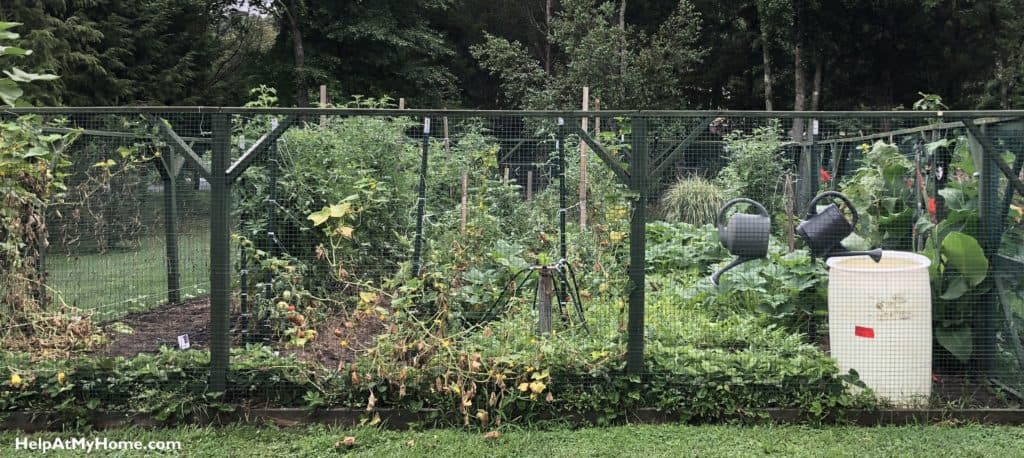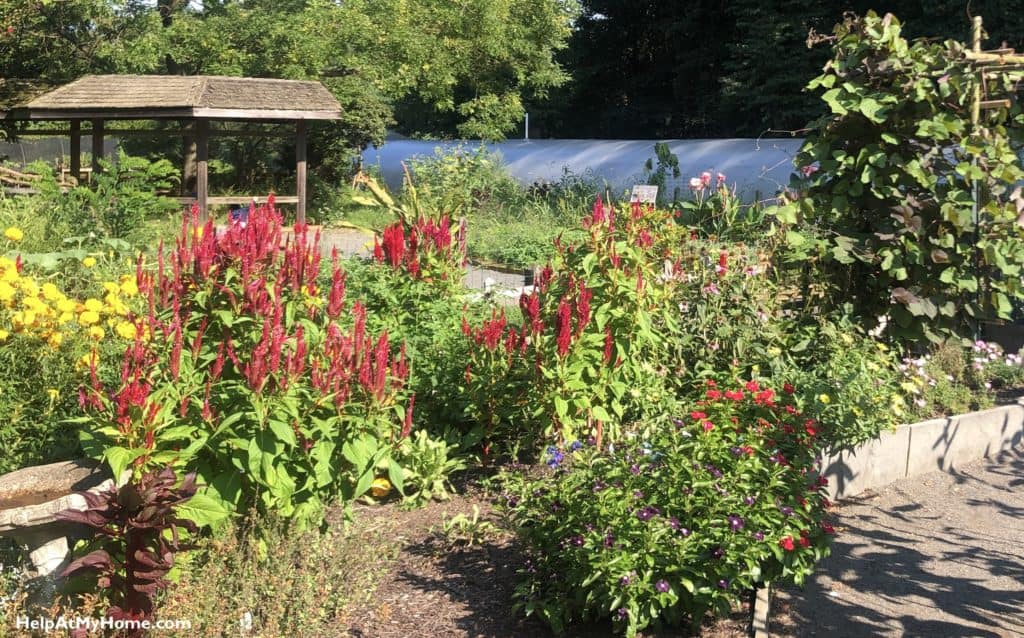With summer fast approaching it’s time to start to water those newly planted seeds, seedlings, cuttings, and so forth. Watering isn’t difficult and there isn’t necessarily a wrong way to do it, but some ways are better than others.
Do You Have A Watering Problem?
Most plants in a garden or pot will suffer from both overwatering and under watering, so you’ll want to avoid each of these conditions. Unfortunately a plant can speak to you and tell you want the problem is, so you’ll need to investigate a little.
If your plant looks crisp, with cracked leaves and a desiccated look, you can assume the plant is under-watered. You can confirm this if you see slowed than expected growth, yellowish green coloring when you’d expect a deep green, and dry, light soil around the plant’s base.
If the plant looks pale and has wilted or hanging leaves when the soil surrounding the plant is moist then you have the opposite problem — overwatering.
Remember, soil that drains poorly, has lots of clay, and that collects rainwater will be prone to overwatering. Most plants prefer a loamy soil that drains quickly but can hold some moisture. If your soil is too sandy water can drain too quickly, leaving the root’s grasp before the plant has had a good drink.

Watering Frequency
How often you water will depend on the soil and your local climate, but also the age of the plant. Seeds and seedlings will want frequent waterings — even daily if you have the time. This is the same with newly transplanted plants, which need daily watering in order to ensure success in their new soil and as they rebuild their root system.
Make sure to read about the preference of the plant you are growing to ensure you are watering them as frequently as necessary. Some plants will need extra water during certain periods of their life, such as then they are flowering or when fruit first appears, and only by researching will you be able to find this out.
Most garden plants will do best with 1 or 2 soakings a week. A soaking means that the area surrounding the base of the plant (about 6 inches out in each direction) is wet until at least 6 inches below the surface. Simply getting the plant wet or getting the top inch of the dirt moist isn’t going to cut it unless you have seeds (like lettuce) that are right on the surface.
Watering Tips For Gardens
- Invest in a hose extension and watering wand so you can easily get to the plant you want.
- Water the roots, not the plant. The roots grow out from the stem of the plant, not directly down, so make sure to water around the stem, not only at the stem itself.
- Sprinkler systems are cheap and effective. You don’t have to stand out in the sun watering if you don’t want to.
- Don’t water plants during the peak heat of the day, as much of the water will evaporate and the plants can be hurt by taking in water during the hottest part of the day. Rather, do you watering in the morning or before dusk.
- Plants shouldn’t stay wet too long. This can lead to fungus, slugs, and other problems. If you see this happening try watering in the morning instead of at night.
- Clear out any excessive amount of weeds from your garden. Weeds can hog moisture from the soil preventing it from getting your crops.

